Lessons I learned traveling by bicycle part 1
By Bill Poindexter
Summer shirt, Buff, pedals, coffee, steel frame and 26-inch wheels
Authors note: The lessons are based on my experience traveling and commuting by bicycle. I am a slow traveling Bikepacking/ Bike Tourist. My experience comes from my mountaineering, commuting all year by bicycle (24 years) and bikepacking background. I break away from the norm these days as I like the “old ways” better, e.g. no GPS, steel bikes, maps and compass, cooking my own meals and foraging and the ability to carry everything I need and be self-sufficient for multiple days versus having to resupply every couple of days and traveling on a 10-15 dollar a day budget. These work for me and I hope they help you find your path of bike travel nirvana.
Summer shirt
Learn from the Bedouin: I read an article about surviving summer heat and in it the author talked about why desert peoples wear long-sleeved, loose-fitting robes and pants. Many wear even darker colors as opposed to light. The main point of the article was that by covering the skin, one is providing shade. With a thicker material and darker material as it heats up the heat rises and creates air flow thereby keeping one cooler. With today's natural and synthetic options there is a wide range of clothing options, for the bike sojourner.
Wool is the best in winter and summer, it is natural, and keeps you cool or warm, does not smell because of lanolin, and keeps you warm when wet. It is far superior to all the materials. Cotton, if quality is good for the warm months, but in the mountains, it can be dangerous with cold rains, synthetics, polyester (plastic/ petroleum based) lasts the longest and does work well. I personally use a midweight long sleeve wool button shirt from Pendleton and a long sleeve fly fishing shirt from Columbia for all my travels. The fly-fishing shirts have great pockets, back vents, armpit vents, some have a high collar to protect the neck, and they are usually baggy that helps with air flow keeping you cooler and allowing you to dry quicker. I buy a tan/ khaki color as it is harder to show how dirty it is, and thereby I look a little more presentable. At night the shirt also keeps me warmer and when chilly I will throw on the wool shirt over it. Also, the fishing shirt is easy to clean, especially in a bathroom sink with a little soap, and if it is a hot day, you can rinse it out, and put the shirt back on wet and it will dry while riding and keep you cool. I never wash the wool shirt.
Buffs
A buff is a good friend on a trip, so many uses I primarily use it for my neck, to keep shade on the back of my neck, and on really hot days cover my face for more shade from the intense sun, and if hot I routinely will wet it in a creek and put it back on wet for coolness. I usually carry two and use the second one for many reasons: snot rag, bath towel, baklava on cold nights, even dish towel. It takes the place of the old-style bandana. Wool Buffs are better than synthetic. Don’t buy cheap off brands as they tend to not be the same quality. The uses of the Buff are many
Platform pedals are best when traveling by bike
I used clipless pedals for years. Back in 2007 I switched to platform pedals, after a month I was hooked. Platform pedals allow you to wear almost any shoe and have a comfortable ride without the issues clipless pedals have-hot spots, nerve damage, failure, and there is a myth that you cannot pull up on the upstroke of a pedal with platforms, that is true on the cheap plastic ones but most have little metal screws that allow the rider to press down firmly on the pedal and with that torque force to keep the foot on the pedal and not slip off. I ride all year round and never have any issues with my feet or the pedal. If you try it, give it a couple of months to get use to the natural footing and if you find your foot slipping off the pedal that is because you are pulling your foot off the pedal, remember to always keep it firm on the pedal.
Coffee
The really important topic, coffee. Starbucks packets are the best, also the most expensive. I am not picky, instant Folgers, Tasters Choice, Nescafe work well and are inexpensive.
Cafe Bustelo Instant Coffee is another favorite. If you want to add some calories, throw in some powdered milk and some honey. The Best Instant Coffees: A Blind Taste Test | Bon Appétit (bonappetit.com). I always have at least one 1L Nalgene bottle with me for multiple reasons, I will fill it up with cold coffee for the day after breaking down camp, it keeps me from being a dedicated consumer and buying coffee unnecessarily, but the strategy does not always work if there is a good coffee house in a town I roll through, I will usually stop.
Another consideration for a Nalgene bottle is for you people who sleep cold, use it as a hot water bottle for cold nights, just boil up some water, fill up the bottle and throw it in your sleeping bag, it works wonders. There are many tricks/ uses on the road with the equipment you have on hand.
Best bike is one with a steel frame and 26 inch wheels
(This should stir up some opinions)
The bike industry has gotten this wrong that 29inch/700cc and 27.5 inch/650b wheels are better than 26in. Actually no, they are not. 26-inch wheels are stronger because of the circumference, and they roll just as fast as the large tires. I am speaking primarily for road and gravel bikes, not mountain bikes. I have ridden on all three-wheel sizes on sections of the Great Divide Mountain Bike route, hundreds of bikepacking trip and all three commuting thousands of miles all year for the last 24 years on many types of terrain, even technical mountain biking. What have I found?
It comes down to personal preference, because at the end of the day, it is just a bike.
For me, 26-inch wheels, with spokes triple laced, on a 36 holed quality rim is my preference, and a 1.95-2.1-inch heavy, non-tubeless tire. I will talk about the tubeless myth next time.
This is a great article from Jan Heine that explains it better than I can.
Those are my preferences, yours will be different, but if you are a stout rider, you like to tour comfortably, you don’t want broken spokes, you want a durable bike, you understand the art of tire pressure, you don’t mind changing a flats now and then, and you have aspirations of traveling the Earth, and frugal, then my style might suit you. I currently ride a Surly Long Haul Disc Trucker, with 26in 2.0 tires and have 36 spokes in each rim. I have had the bike for 11 years and it has 45,000+ miles on it, the only thing that has not been replaced are the bar shifters, front and rear derailleurs. It is a bomb proof bike in my opinion, and easy and cheap to repair. I will write more on it soon.
In Part 2
Stove or not to stove, water purification, best cold food on a bikepacking tour, what it is like using no technology (not even a phone.) on a tour, and why we need to toughen up as a humans.
Bill Poindexter is an American nature writer and poet. He has lived car-free for the last 15 years and commuted full time by bike for the last 24 years. Bill wrote the book, Bikepacking School-What ‘They’ Don’t Tell You in The Guidebooks. Bill is currently working at a bike shop and writing full time.
My work and research I put into this Substack Page are entirely reader-supported. If you enjoy the content I provide and are not ready to become a paid subscriber, you can simply make a one-time donation here at Buy me a Coffee If you can. I appreciate each one of you who follows this page. Bill

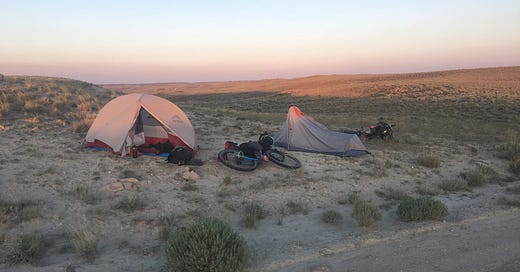
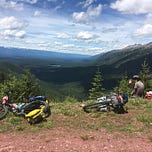

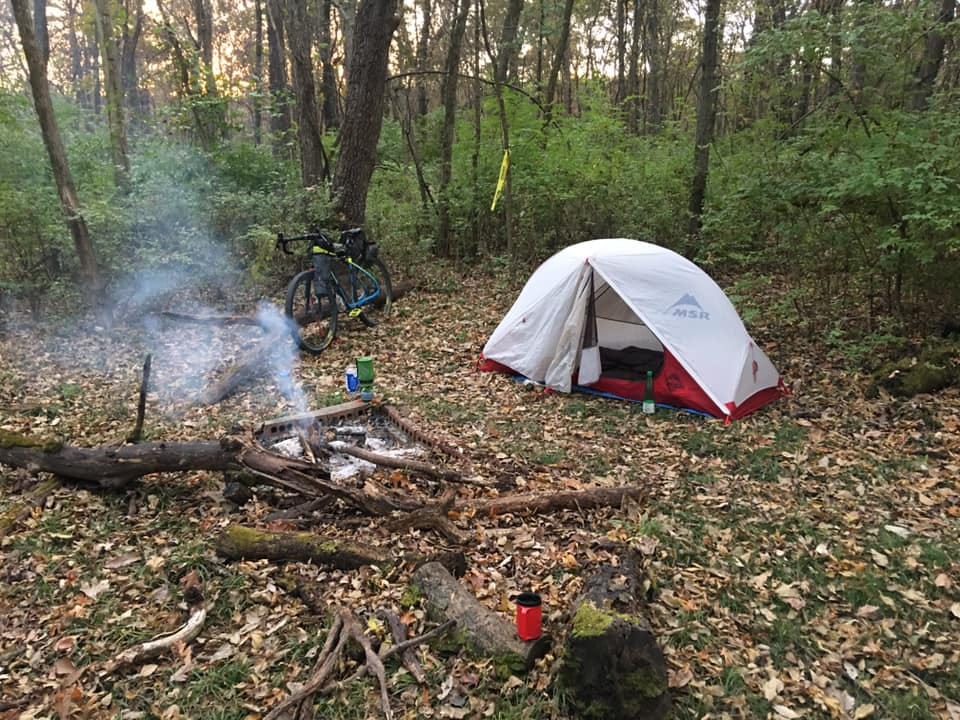
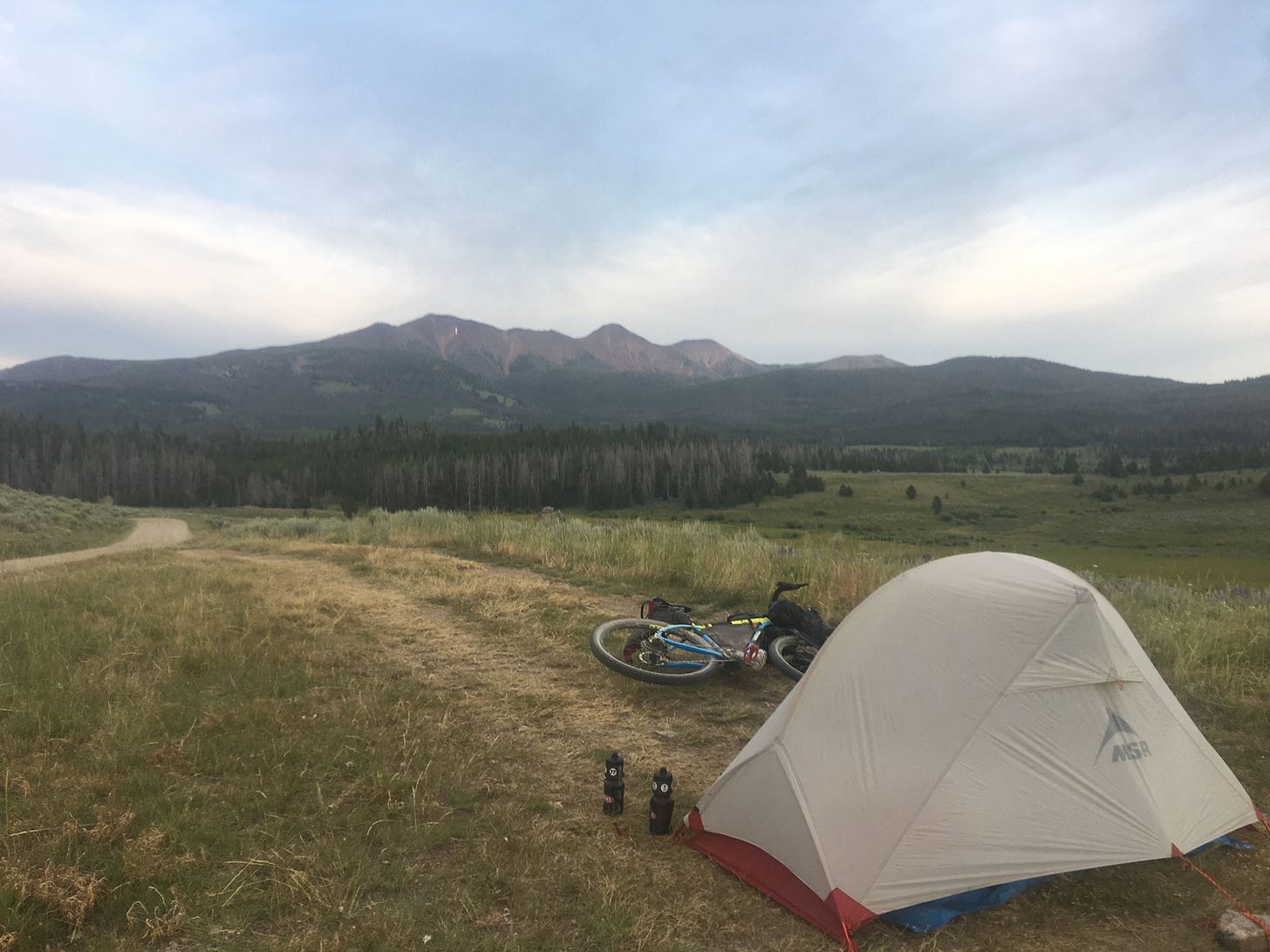
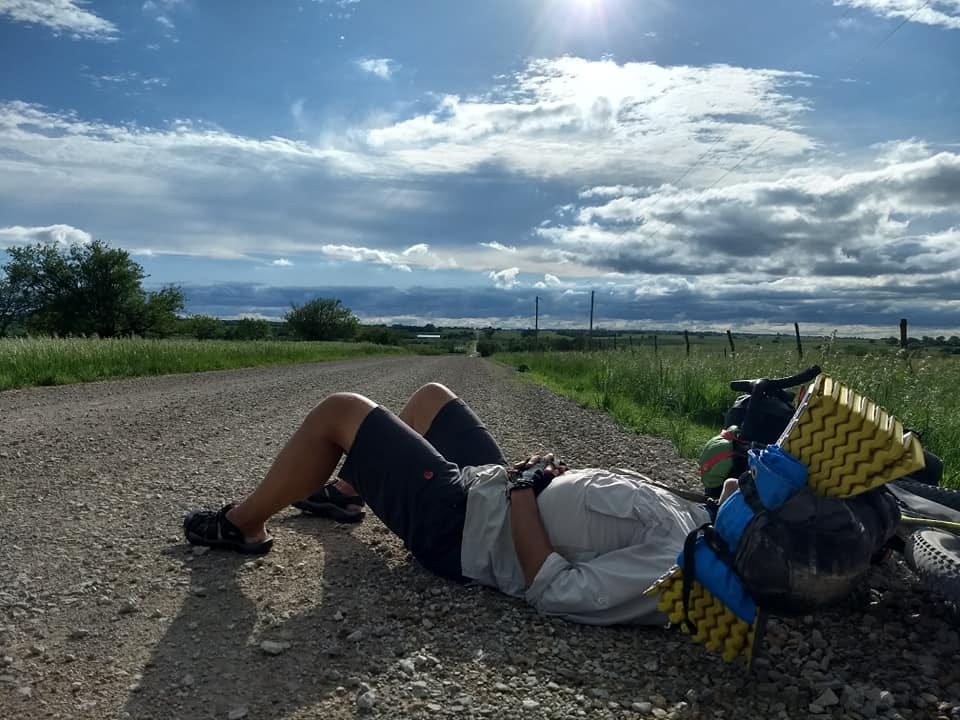
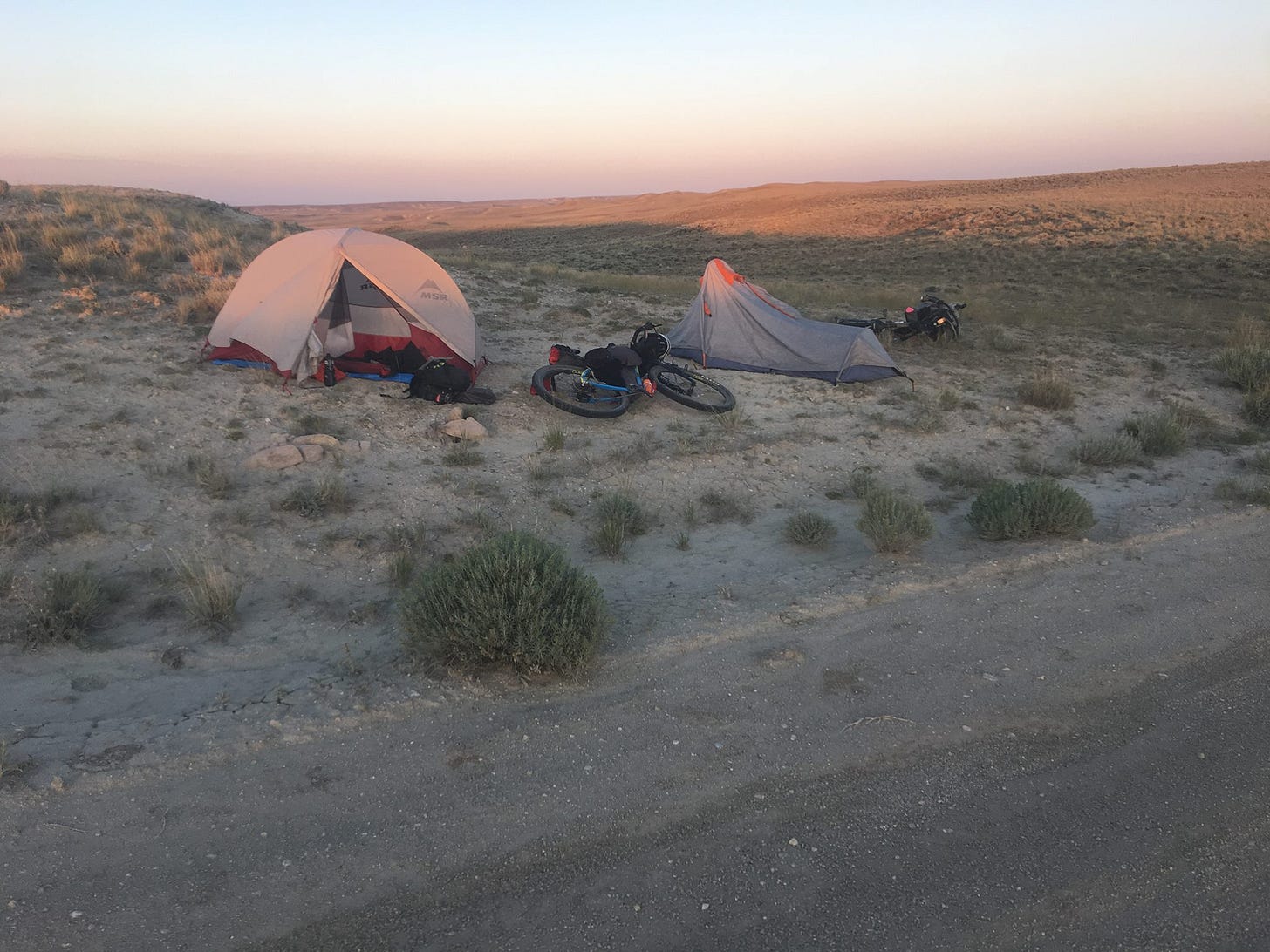
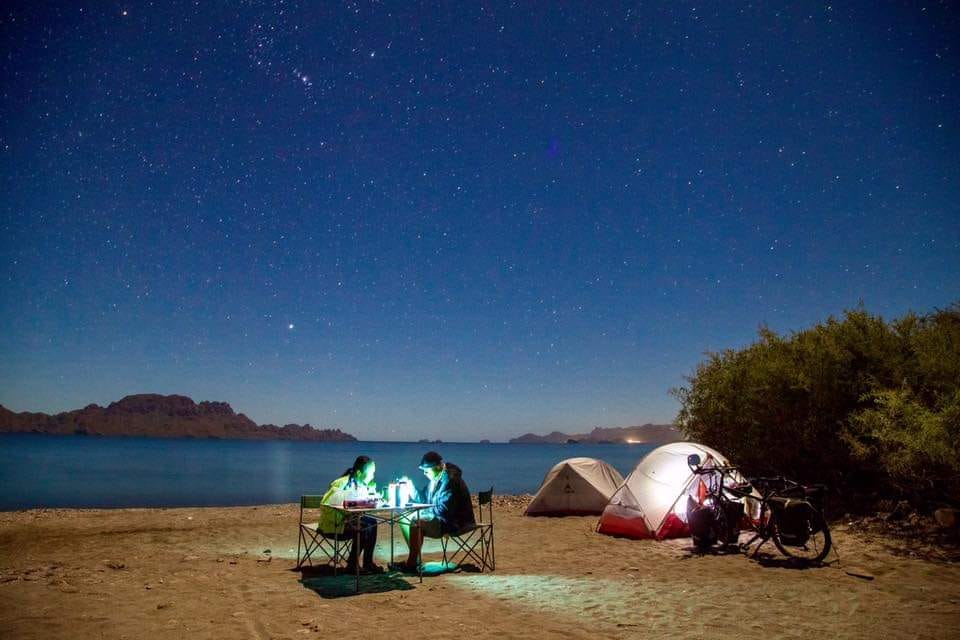







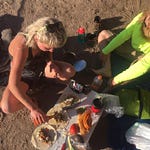

Share this post